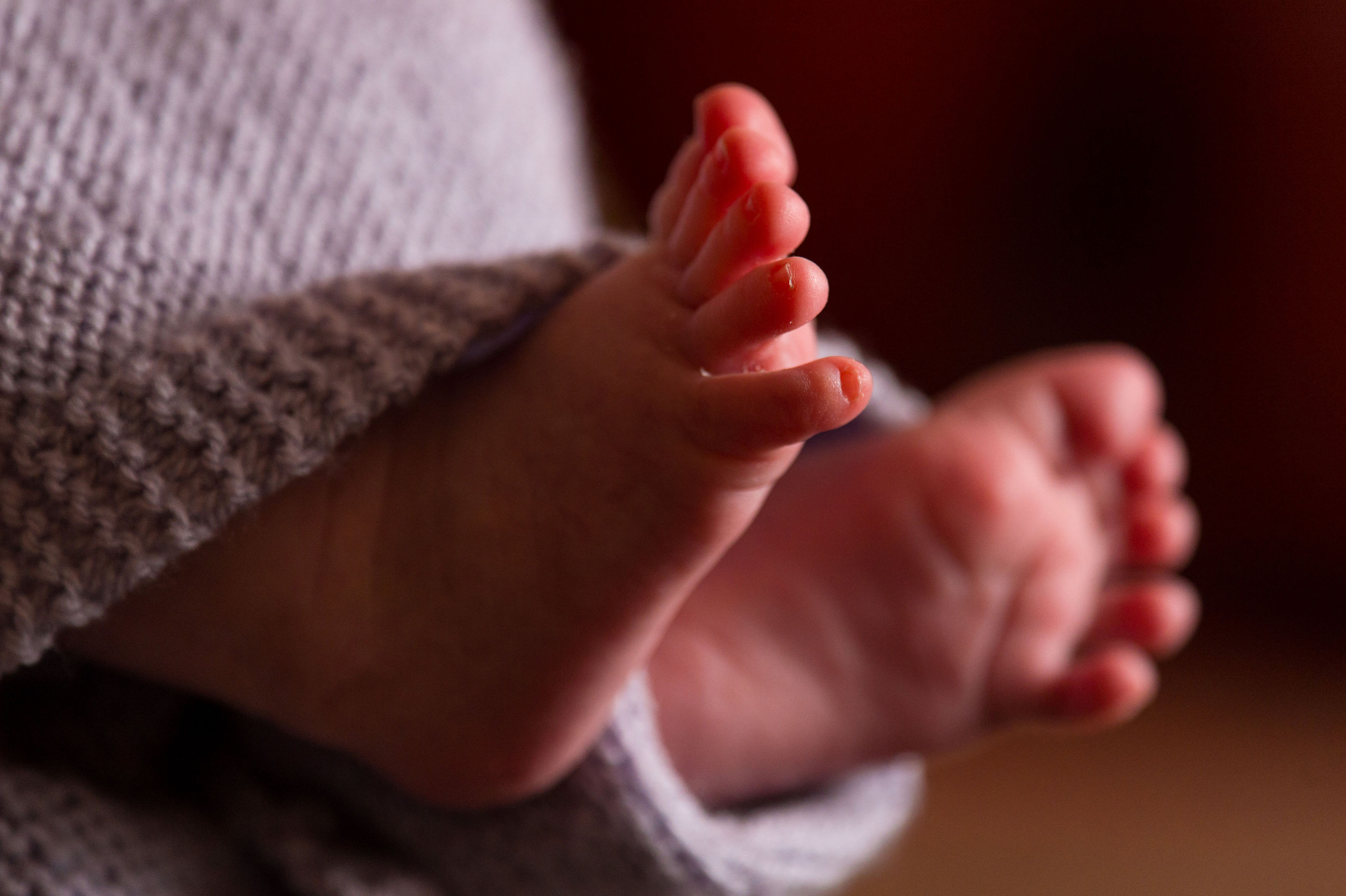
A FERTILITY technique used by thousands of British couples could lead to sons inheriting their father’s infertility, researchers say.
Tests on a group of men who were conceived using intra-cytoplasmic sperm injection (ICSI) due to their father’s infertility found they too suffered from low sperm counts and poor-moving sperm.
Researchers said the findings showed that a degree of “sub-fertility” had been “passed on” to the sons of fathers who were unable to conceive naturally.
In 2013, there were 37,566 embryos transferred using ICSI treatment in the UK. About half (52.6%) of IVF treatments with fresh embryos in 2013 involved ICSI.
During the treatment, a single sperm is injected directly into an egg. The technique is commonly used to help overcome male infertility, such as low sperm count, abnormally shaped sperm or sperm that is not swimming or moving well.
ICSI is also used when sperm needs to be collected surgically from the testicles or from a narrow tube inside the scrotum where sperm is stored.
If ICSI induces fertilisation, embryos are grown for up to six days in the laboratory and are then transferred to the womb.
In the new study, led by the Centre for Reproductive Medicine at the Vrije Universiteit Brussel (VUB) in Brussels, which pioneered ICSI, data was collected from 54 young men who had been born between 1992 and 1996 – the early years of ICSI. The results were compared with 57 men of a similar age conceived naturally.
Of the ICSI group, 48 fathers had undergone ICSI due to their own infertility, while a further two cases involved infertility affecting both the mother and father. The remaining four sets of parents suffered infertility due to an unknown cause.
Blood and semen tests on the sons showed they had almost half the sperm concentration and a two-fold lower total sperm count and total count of motile sperm than men conceived naturally.
Furthermore, men born from ICSI were almost three times more likely to have sperm concentrations below 15 million per millilitre of semen, which is the World Health Organisation’s definition of normal.
Professor Andre Van Steirteghem, from VUB and one of the co-authors of the study, said his team had always known that the problems that had caused the father’s infertility, usually genetic factors, might be inherited by their sons.
“These findings are not unexpected,” he said.
“Before ICSI was carried out, prospective parents were informed that it may well be that their sons may have impaired sperm and semen like their fathers.
“For all the parents this information was not a reason to abstain from ICSI because, as they said, ‘If this happens, ICSI can then also be a solution for our sons’.
“These first results from the oldest group of ICSI-conceived adults worldwide indicate that a degree of ‘sub-fertility’ has, indeed, been passed on to sons of fathers who underwent ICSI because of impaired semen characteristics.”
But Prof Van Steirteghem said that even though the sons had lower sperm counts and less motile sperm, the results did not exactly match those of their fathers.
“The study shows that semen characteristics of ICSI fathers do not predict semen values in their sons,” he said.
“It is well established that genetic factors play a role in male infertility, but many other factors may also interfere.
“Furthermore, correlation is not the same thing as causation.”
The research was published in the journal Human Reproduction.
Overall, men conceived by ICSI had a lower typical sperm concentration (17.7 million/ml), lower sperm count (31.9 million) and lower motile sperm count (12.7 million) than men conceived naturally (37 million/ml; 86.8 million and 38.6 million respectively).
READ MORE
Chemotherapy drug ‘could affect fertility of unborn baby girls’

Enjoy the convenience of having The Sunday Post delivered as a digital ePaper straight to your smartphone, tablet or computer.
Subscribe for only £5.49 a month and enjoy all the benefits of the printed paper as a digital replica.
Subscribe